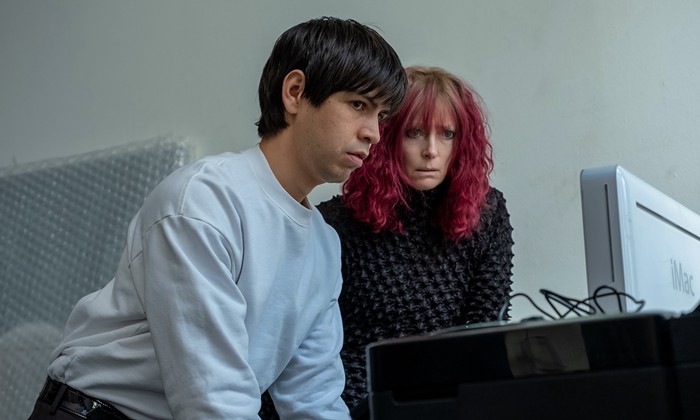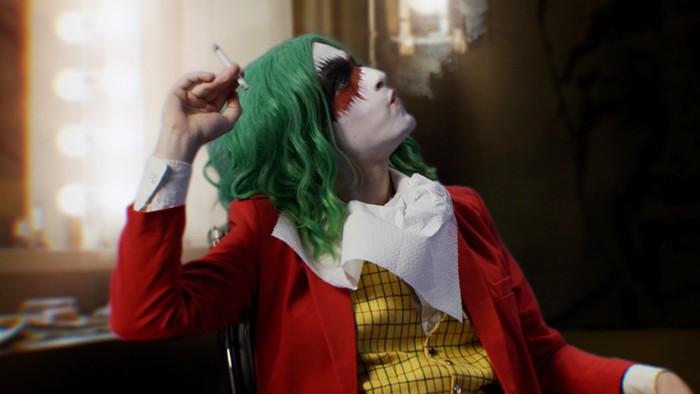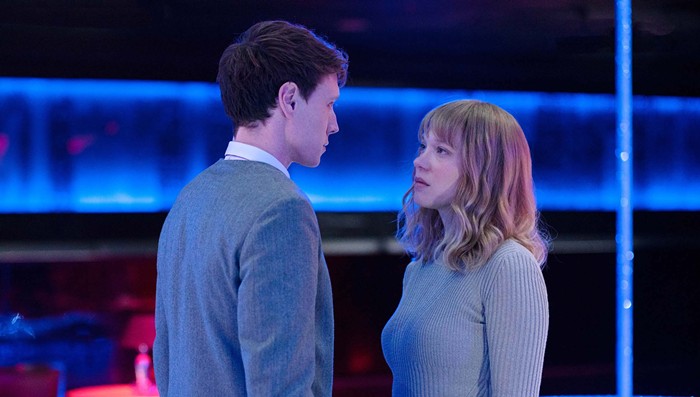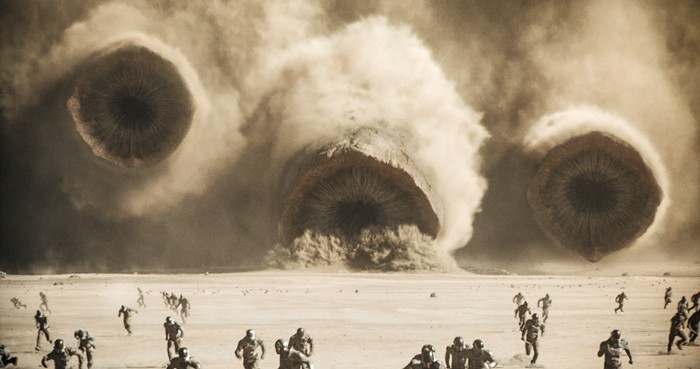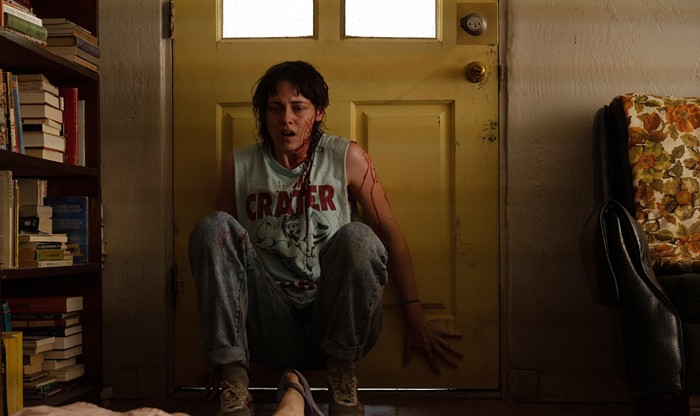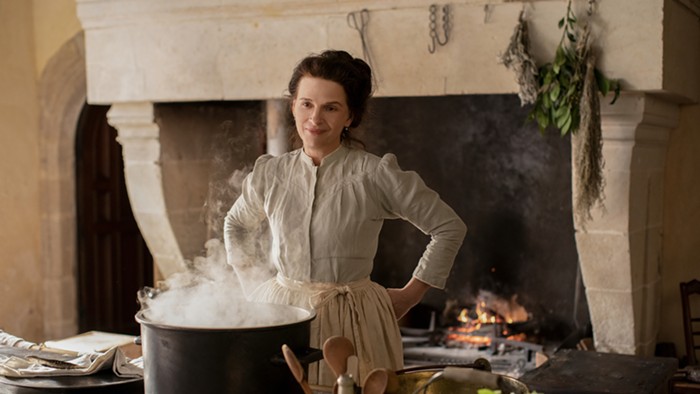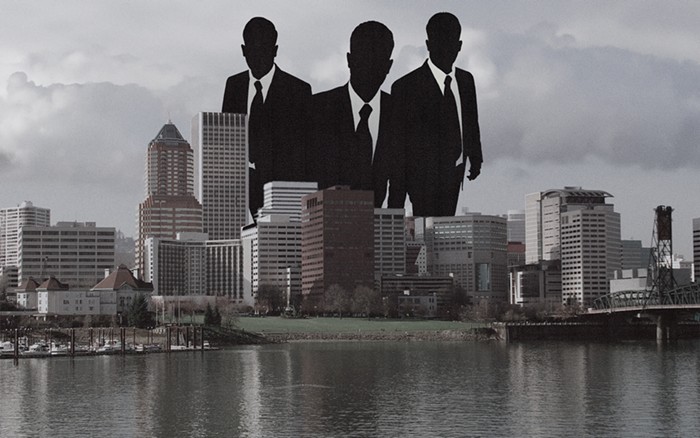Don’t come to The Disaster Artist looking for answers. James Franco’s film about the making of The Room probably won’t resolve your biggest questions about Tommy Wiseau, the writer/director/producer/star of that infamously bad 2003 movie.
Wiseau, a vampirish-looking man with long, jet-black hair and a thick accent of indeterminate Eastern European origin, was able to sink millions into making The Room, a vanity project that cribbed liberally from Tennessee Williams and Rebel Without a Cause. The amateurish, over-the-top melodrama has since become a cult favorite, with midnight screenings packing in dedicated hordes of giggling fans. As to where Wiseau’s money came from—and where Wiseau himself came from—Franco’s movie keeps mum.
That’s part of the fun. Rather than craft an exposé, Franco embraces Wiseau’s inscrutability while drawing a vivid emotional portrait of him. Wiseau (played by Franco) is seen through the eyes of his friend and collaborator Greg Sestero (played by Franco’s younger brother Dave), and The Disaster Artist’s script is based on Sestero’s memoir. At first you think it’s going to be a sniggering, get-a-load-of-this-guy takedown, especially with comedians like Seth Rogen, Paul Scheer, and Jason Mantzoukas in the mix. And, to be certain, the cast clearly gets an enormous kick out of restaging The Room’s awful, awkward scenes, aping everything down to the camera angles, the chintzy scenery, and the stilted line readings.
Despite all the jokes it cracks at The Room’s expense, it eventually becomes clear that everyone involved in The Disaster Artist has deep affection for Wiseau’s weird, wretched movie.
It’s hilarious. But Franco’s Wiseau—while enormously funny—is given surprising depth and complexity, and that’s no small feat, considering how ridiculous the character is. Wiseau clearly doesn’t know the first thing about making a movie, yet his ego spirals out of control on the set of The Room—alienating his crew and actors, and eventually creating a rift with Sestero, his only ally. That the two nearly identical Francos are playing unrelated, very different-looking men is jarring only at the film’s beginning, especially since James’ portrayal of Wiseau is so wild and committed that it’s hard to think of him as the same species as Dave’s guileless, baby-faced Sestero. Throughout The Disaster Artist, James Franco is jaw-droppingly good—even as he’s concealed behind Wiseau’s preposterous accent and fashion sense—while special commendation goes to the incredible Ari Graynor as The Room’s leading lady/femme fatale, Juliette Danielle, whose mortification at the final product is palpable.
There’s a homegrown, let’s-make-this-movie-the-way-we-want-to determination in The Disaster Artist—down to its countless chummy cameos—that’s very much in keeping with Wiseau’s own approach. Despite all the jokes it cracks at The Room’s expense, it eventually becomes clear that everyone involved in The Disaster Artist has deep affection for Wiseau’s weird, wretched movie.
It’s okay if you don’t, though. The Disaster Artist is so funny that it probably won’t matter if you’ve never heard of Wiseau or The Room. The story, as uproarious as it is, is so ridiculous and unbelievable that I suppose it might be hard for a newcomer to swallow. To that end, The Disaster Artist’s end credits split-screen scenes from The Room next to its own recreations. Rest assured, this shit happened.
Most of it, anyway. Some poetic license is surely taken for the sequence of The Room’s premiere, a gala affair complete with searchlights and a packed house, and the movie necessarily fast-tracks The Room’s trajectory from disastrous vanity project to cult sensation, which in real life took several years. But everything else rings true, with an emotional resonance that sneaks up on you. In the end, The Disaster Artist may be the exact opposite of The Room—deliberately hilarious and accidentally heartfelt. And if you’re wondering how the real Wiseau feels about any of this? Just be sure to stay all the way through the credits.

